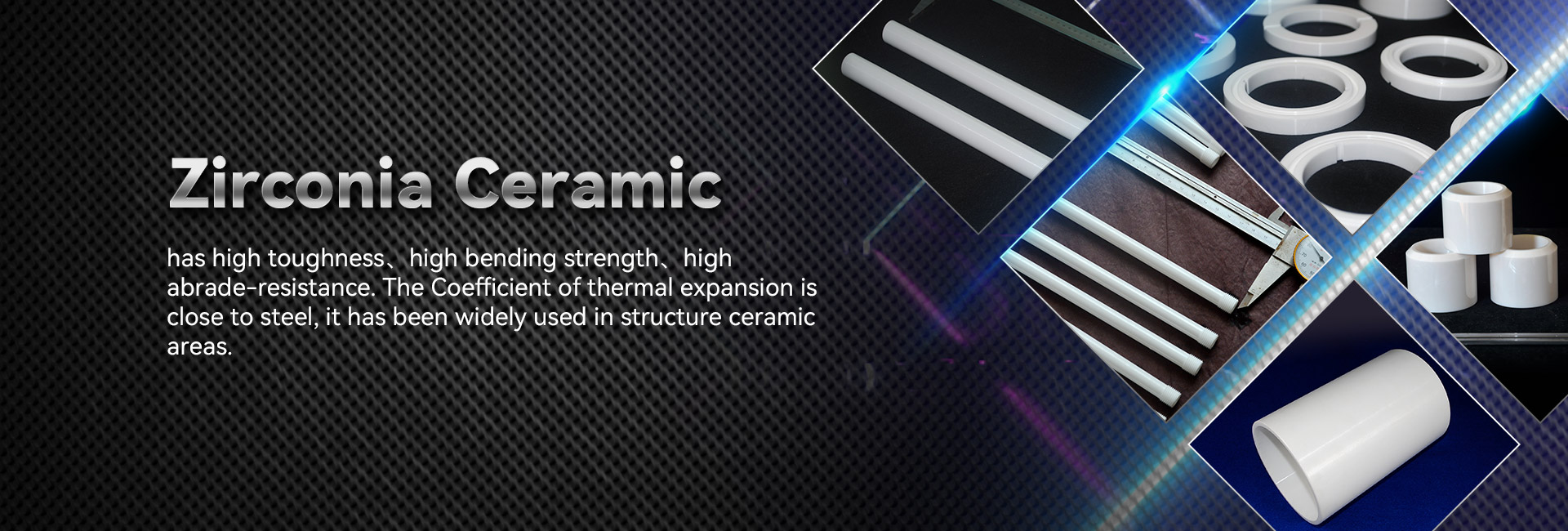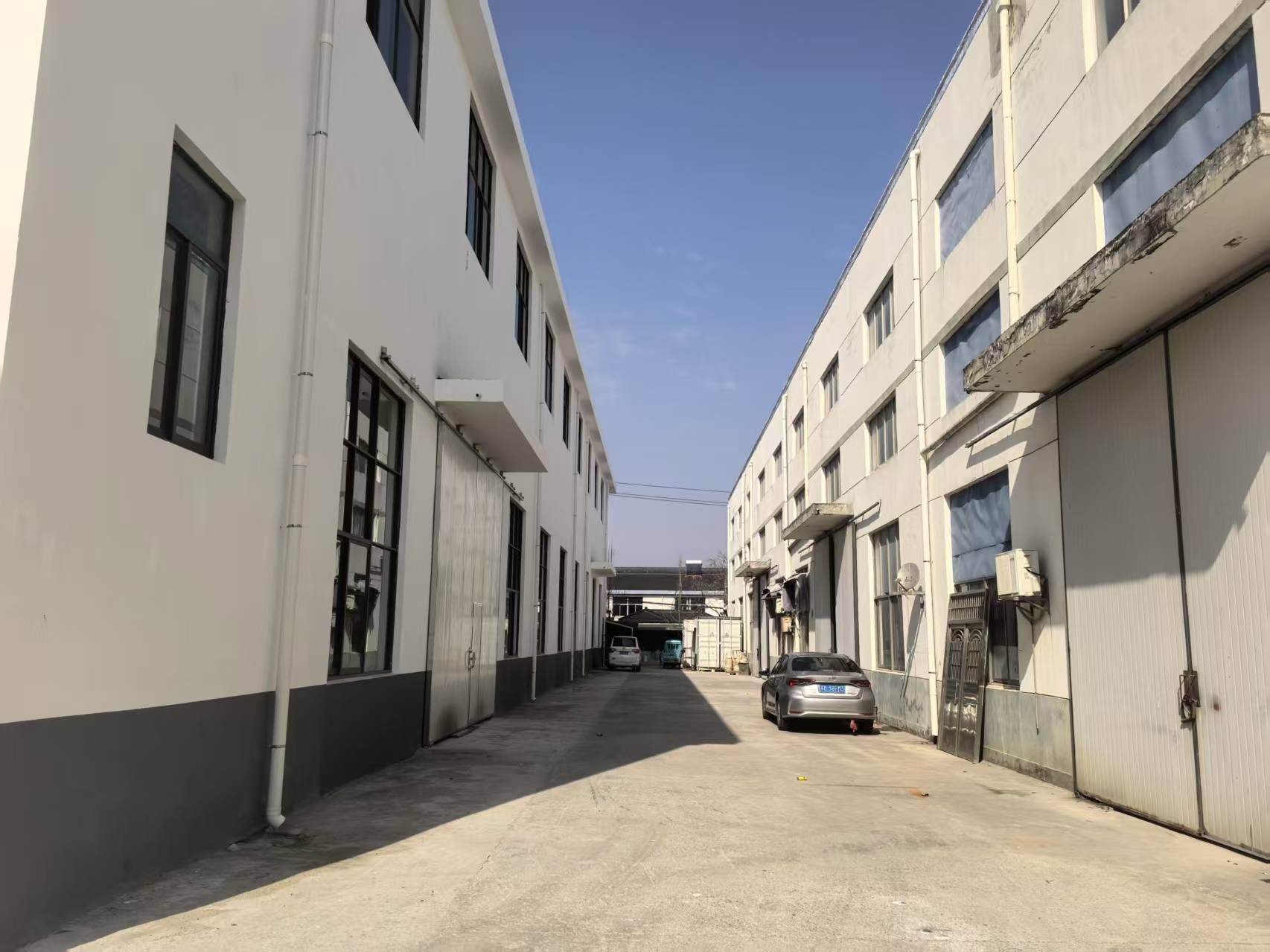
Precise substance demonstrate outstanding morphological traits, transforming them advantageous for a broad series of operations. Flowing from outer space and driving to digital devices, these ceramics are incessantly evolving to address the preconditions of a leading-edge realm.
- Their toughness and fortification to severe climates make them vital for state-of-the-art components.
- Additionally, technical ceramics yield profits in terms of endurance, boosting the expansion of leading-edge methods.
Forming Elements: Engineered for Supreme Functionality
Developed ceramics prevail in stringent deployments due to their extra special elements. Constructed from premium raw materials and passed through stringent processing strategies, these progressive ceramics showcase superior resilience, erosion resistance, and endurance to extreme environmental conditions, corrosion, and abrasion. From aeronautics ingredients to engraving tools, industrial ceramics offer superior operation across broad markets. Their elasticity allows withstanding severe conditions, assuring longevity and dependability. As technology progresses, the need for high-performance tradables grows, cementing the dominant status of industrial ceramics in shaping a improved future.
Pioneering Ceramics: Reaching Compound Barriers
Structures, boasting outstanding rigidity and endurance, are experiencing a revolution. High-tech ceramics, developed with precise control over their makeup and granularity, are pushing the edges of the extent of feasible. These substances exhibit a wide assortment of essentials, qualifying them fit for stringent spheres such as aeronautics, biomedical, and power generation. From lightweight parts that resist extreme thermal states to body-friendly implants that unite naturally with the physical form, advanced ceramics are remodeling our world.
Fine Ceramic Fabrication: Accomplishing Focused Requisites
Technical ceramic fabrication has developed decisively in recent intervals, providing the creation of multi-dimensional and highly usable ceramic components. These pieces are essential across a multifaceted range of branches, including space, biotechnological, and gadget domains. Matching the precise specifications for these uses calls for careful fabrication practices that secure dimensional accuracy, surface treatment, and material traits. Leading ceramic fabrication processes apply numerous methods, including slip casting, injection molding, and additive manufacturing. These techniques make possible the manufacture of complex structures and exact characteristics with exceptional steadiness. In addition, advances in substance development have caused new ceramic blends endowed with boosted peculiarities. These substances display increased fortitude, durability, and tolerance to critical hotness conditions, making possible their use in challenging sectors.
The prospects for strict ceramic fabrication are considerable. As studies and innovation carry on, we can expect even more complex tactics and forms that will further expand the frontiers of what is doable in this domain.
Top-Performing Ceramic Materials for Extreme Environments
Engineered ceramic composites exhibit extraordinary fortitude and immunity against extreme environments, making them perfect for critical uses in energy sectors. These advanced ceramics can tolerate elevated temperature-related loads, combat wear, and continue their robustness under critical stress pressures. Their incomparable morphological features allow solid output in tough situations, including kilns, propulsion systems, and fission plants.
- Composite ceramics
- Temperature durability
- Reduced mass
Ceramic Blends: Uniting Durability and Functionality
Hybrid ceramics exhibit a strong mix of mechanical durability and distinct particular abilities. Through the merging of ceramic components within a framework, these materials achieve excellent efficiency. This synthesis results in heightened defense against high warmth, wearing, and chemical degradation, rendering them fit for critical functions in aerospace, automobiles, and sustainable energy places. Furthermore, ceramic composites are modified to possess specific properties like electrical conductivity or biocompatibility, enlarging their reach across diverse realms.
Microscopic Manipulation in Innovative Ceramics
Accomplishing desired attributes in modern ceramics commonly obligates exact direction over their architecture. Multiple refinement parameters, including sintering thermal setting, extent, and atmosphere, alongside the infusion of dopants or supplementary phases, dramatically modify the disposition of microstructures, open volume, and other microstructural features. Fastidious refinement of these settings allows for the increase of hardness, breakage resistance, and thermal conductivity. Exemplifying, augmenting the sintering thermal setting can foster grain development, thus increasing thickness and improving mechanical sturdiness. Conversely, handling the firing atmosphere may affect the oxidation degree of the ceramic, thereby influencing its electrical capacitance or magnetic aspects. Understanding these relationships between microstructure and properties is paramount for forming advanced ceramics with designed capabilities suitable for numerous positions.
Scratching-Resistant Ceramics: Elevating Strength
In taxing factory branches, where segments are strained to constant rubbing and breakdown, articles with impressive endurance are fundamentally vital. Wear-resistant ceramics have developed as a leading answer, affording unparalleled endurance and capability in broad markets such as fabrication, mining, and aerospace. These progressive forms possess a unique morphology that increases their aptitude to combat damage. By using the essential fortitude and compression of ceramic substances, engineers can craft robust elements capable of withstanding the most tough operating climatic states.
Bio-Compatible Materials: Purposes in Health Industry
Non-toxic ceramics have reshaped the medicine industry, providing an array of helpful qualities for multiple deployments. These compounds are non-toxic within the biological entity, minimizing antibody responses and fostering mending. A prime mission for biocompatible ceramics is in bone fixation devices, where their durability sustains long-lasting reinforcement to damaged organ structures.
Moreover, they are used in dentistry, delivering a long-lasting and beautiful solution for prosthetic teeth. Ceramics also occupy a key role in controlled release technologies, enabling the targeted transport of substances to specific zones within the anatomy.
- Moreover, biocompatible ceramics are steadily being researched for biological scaffolding, serving as a structure for restoration.
- Hence, the future of biocompatible ceramics in clinical practice looks positive, with continual work expanding their usages.
High-Tech Ceramic Sensors: Improving Reliable Evaluations
Innovative ceramic sensors have appeared as vital constitutents across a broad array of applications. These apparatuses deploy the unique steatite ceramic properties of ceramic compounds to deliver highly reliable assessments. Their sturdiness in {demanding|harsh| 